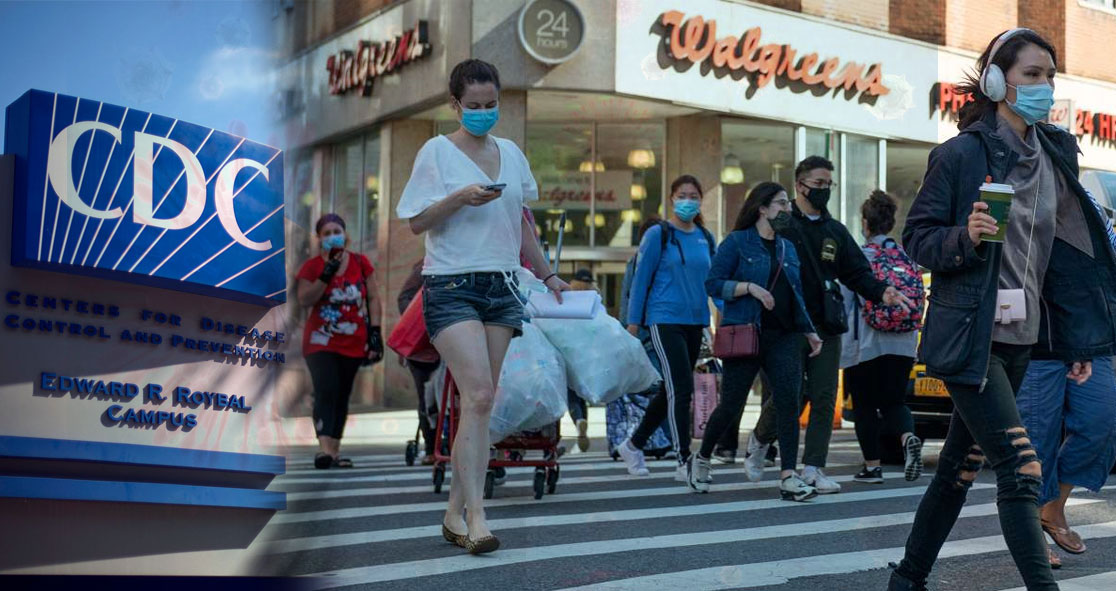Once again, the U.S. Centers for Disease Control and Prevention (CDC) has revoked its guidelines on how COVID-19, the infection caused by the new coronavirus, spreads.
On Monday, the health agency acknowledged that the coronavirus could ‘sometimes’ be spread through the air, particularly in spaces with poor ventilation.
For the third time in less than a month, the CDC has revoked its guidance on how the virus spreads, stating that airborne transmission of COVID-19 is possible. However, the agency said it is not the most common way the coronavirus travels from person to person, guidance that was published earlier and revoked in September.
The CDC updated its guidance page on the spread of the virus acknowledging, “Some infections can be spread by exposure to the virus in small droplets and particles that can linger in the air for minutes to hours.”
Those small airborne droplets may eventually be able to infect a person who is more than 6 feet away “from the person who is infected or after that person has left the space.”
In September, the CDC changed the guidance on its website, stating that the COVID-19 could spread through aerosols – the tiny airborne particles. However, after three days, the guidance was revoked. At the time, the CDC said it was “draft guidance,” which had been posted “in error.”
Now, the agency has issued a statement on the latest transmission guidance, saying “the existence of some published reports showing limited, uncommon circumstances where people with COVID-19 infected others who were more than 6 feet away or shortly after the COVID-19-positive person left an area.”
It added, “In these instances, transmission occurred in poorly ventilated and enclosed spaces that often involved activities that caused heavier breathing, like singing or exercise.”
According to the CDC website, “COVID-19 spreads very easily from person to person,” particularly when an infected person sneezes, coughs, talks, sings or even breathes.
The agency also said that people can also catch the infection by touching a contaminated surface, and then touching their own mouth, eyes, or nose; however, it is a much less common method of transmission.
Joseph Allen of the Harvard T.H. Chan School of Public Health said that it is “about time” the agency made these guidance changes about airborne transmission.
He said, “This is exactly what we’ve been saying for many months … that viable infectious virus can travel beyond six feet. If you’re indoors with someone who’s shedding virus, and there’s low ventilation, well, the viral particles can build up in the room. And then the six feet is not so protective.”
“The term airborne is not to be feared, it just means we have to take some additional precautions,” Allen added. The precautions include increasing air filtration and ventilation indoors, wearing a facemask, washing your hands, and practicing social distancing.























